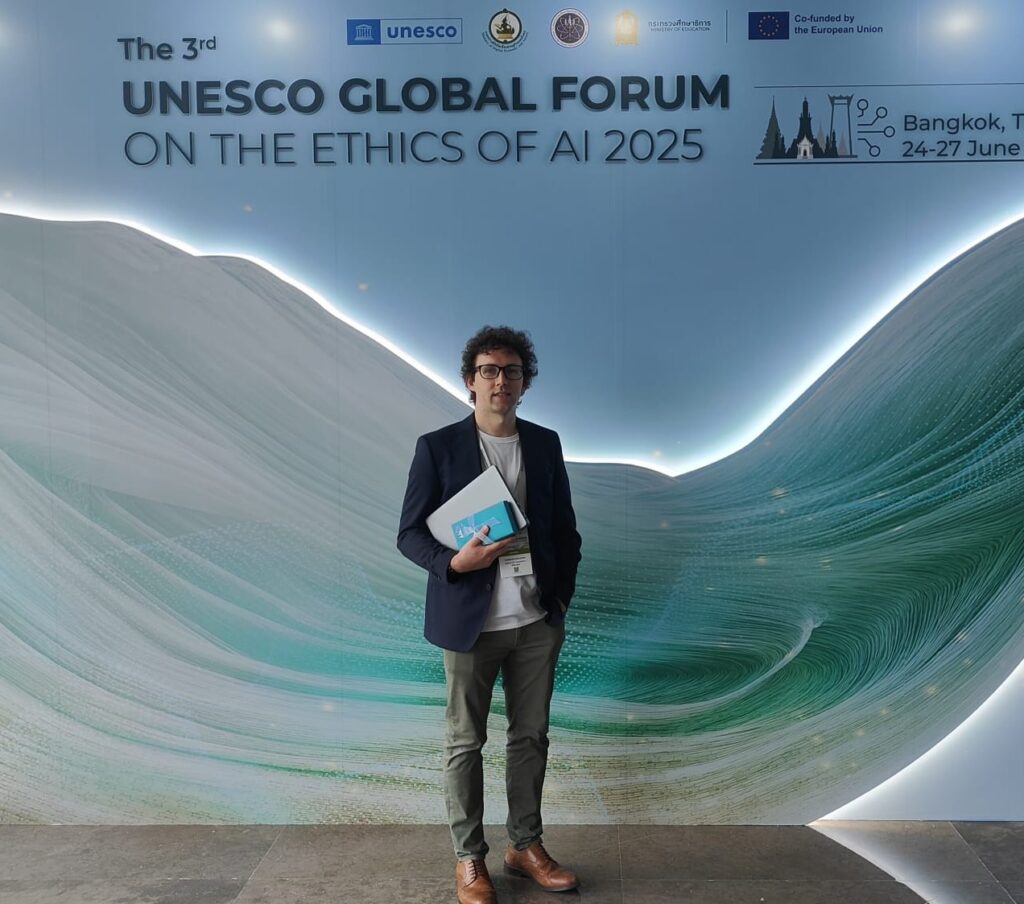A Transactional Resilience Approach to Bullying/Victimisation
Are resilient children in spite of being severely bullied, still considered to be victims of peer-bullying? Children who were severely bullied, despite which demonstrated sustainable adaptation, well-being, or successful academic achievement, would be identified with resiliency/e rather than being victims of peer-bullying. In contrast, children who demonstrated no resiliency/e would be identified with being victims of peer-bullying. As
such, bullying/victimisation can be defined according to personal rather risk characteristics (e.g., resilience in spite of power-imbalance/peer-bullying) However, resiliency/e transcends interactions between interpersonal, intrapersonal, and risk characteristics. Transcending interactions means children and adolescents do not necessarily retain or show the same characteristics either during or after experiencing a victimisation of peer-bullying; transactions bring about transformation of the characteristics.
Therefore, from the transactional resilience approach to bulling/victimisation, what I have (inter-personal resources such as a caring teacher, parent, friend, community, or neighbourhood) transcends interactions within the bio-social-ecological context. Thus, what I can (intra-personal capacity/assets such as self-agency and risk perception) is based on what I have. Therefore, what makes me who I am (developmental outcome) is the exceptional achievement or social-psychological accommodation because of interpersonal, intrapersonal,
and risk characteristics. For example, in a school context of victimization of peer-bullying, a caring-supportive teacher is what I have. Therefore, I can demonstrate resiliency/e (e.g., exceptional achievement or social-psychological accommodation). This demonstration due to interpersonal, intrapersonal, and risk characteristics makes me who I am. In this example, to consider age, gender, skin colour, ethnicity, sexual orientation, physical appearance, physical ability, cognitive ability, classroom ethnic composition, teacher diversity, school ethos, school policies, teacher efficacy, and teacher attitude would be the minimum requirement for the operationalization of transactional resiliency/e in further research on bullying/victimisation. Such research might hereby provide insights into the question: how does resiliency/e vary (transact) by characteristics of individual (e.g., ethnicity and risk perception), risk (e.g., ethnicity-based victimization of peer-bullying), context (e.g., classroom ethic composition and school policy), and promotive factor (e.g., teacher andschool principal)?
In sum, we proposed a transactional conceptualisation of bullying/victimisation, suggesting that bullying/victimisation experiences vary according to risk, intrapersonal, and interpersonal characteristics. Risk characteristics and victim’s perception of risk (bullying behaviour), as well as individual capacity to tackle with the risk, can be transformed, transforming the risk experience into resilience (i.e., transactional effects). The proposed conceptualisation hereby provides insights into some (1) antecedents (e.g., risk perception,
whether or not construing victimisation of peer-bullying as traumatic or stressful), (2) defining attributes (e.g., self-agency and hope/future goal orientation); and (3) consequences of transactional resilience (e.g., social-personal accommodation and growth) in spite of bullying/victimisation.



